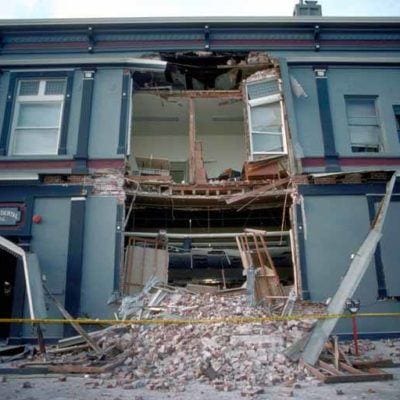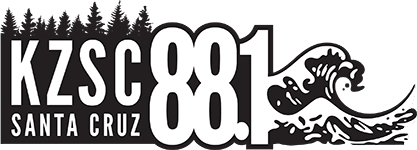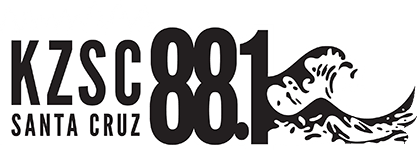
Host of the Golden Road, Art O’Sullivan recounts his story of being the DJ on the air during the Loma Prieta earthquake of 1989.
The ground started shaking without any warning.
At 5:07 p.m. on October 17, 1989, I was broadcasting an ominous Jefferson Airplane track called “Ice Age” on KZSC. Immediately after the vocal line, “Got to get away,” the needle began skipping all over the record. The tone arm bounced around wildly, and the music became cacophonous. KZSC’s studio sits on the side of a hill and the air room rests on stilts. The floor beneath me was writhing as CDs tipped and fell off the walls like waves of dominoes, crashing on the floor.
I could hear shouts from the lobby as everyone ran for an exit. I would have done the same, but thousands of albums falling from ceiling-high shelves in the next room blocked my way. While the building pitched and rolled, I remained trapped in the air room.
The shaking stopped.
The meters on the board were lifeless; KZSC was off the air. Soon, the transmitter announced that the station had switched to auxiliary power. Alive and alone, I did the only thing that occurred to me. I cued up a record, took a deep breath, turned on the microphone and ad-libbed.
“I don’t know if you can hear me out there, but we just had a substantial kind of earthquake.” I said we would provide news as we got some, then played the record.
“Art, get out of there!” It was our station manager’s voice.
Wading through the pool of CDs in the air room, I climbed the slippery pile of albums in the adjoining library. The near exit was blocked by a landslide of records, so I ran for the far door.
Outside, students huddled nervously, while birds sang in the sunshine. A couple of aftershocks later, the station manager and I re-entered the building. She reset the transmitter, bringing KZSC back up to full power. Normally, we simulcast the evening news from KPFA Berkeley, but KPFA’s signal was gone. (As it turned out, KZSC was one of only two functioning communication resources in our area, along with KSCO. Almost every broadcasting entity in the entire San Francisco and Monterey Bay area had been knocked off the air.)
Students in KZSC’s news department began to monitor KSCO for news reports. At 5:40 p.m., I announced a test of the emergency broadcast system (EBS). The EBS did not respond. The emergency system, which we tested every week, did not work in a real emergency.
Short of breath, I passed along the first word from KSCO. “There’s been a six-point-nine earthquake in the San Francisco area.’
From then on, I alternated between news updates and music. On a subsequent mic break, a nervous student read a campus police recommendation. “Stay out of buildings until advised that it’s safe to re-enter by emergency personnel.”
Audibly stressed and gasping for air, the student continued:
“We have reports that in the Bay Area a fifty-foot section of the Oakland-San Francisco Bay Bridge has fallen. Some cars and some people are reported to have been spotted in the bay. In Santa Cruz, there are reports of major collapses downtown. … We’ve been told that the quake was centered approximately ten miles north of Santa Cruz”
Finally, the student announced, “We will be signing off soon.”
Yes, signing off.
KZSC’s station manager had received orders from the campus administration to shut down the radio station and vacate the building. Neither I nor the public affairs programmer scheduled to go on at 7 o’clock wanted to abandon our listeners in this emergency. But acting on instructions, I advised our audience to switch over to KSCO for news, and the station manager turned off the transmitter.
Then we all left to find out if we still had homes.

